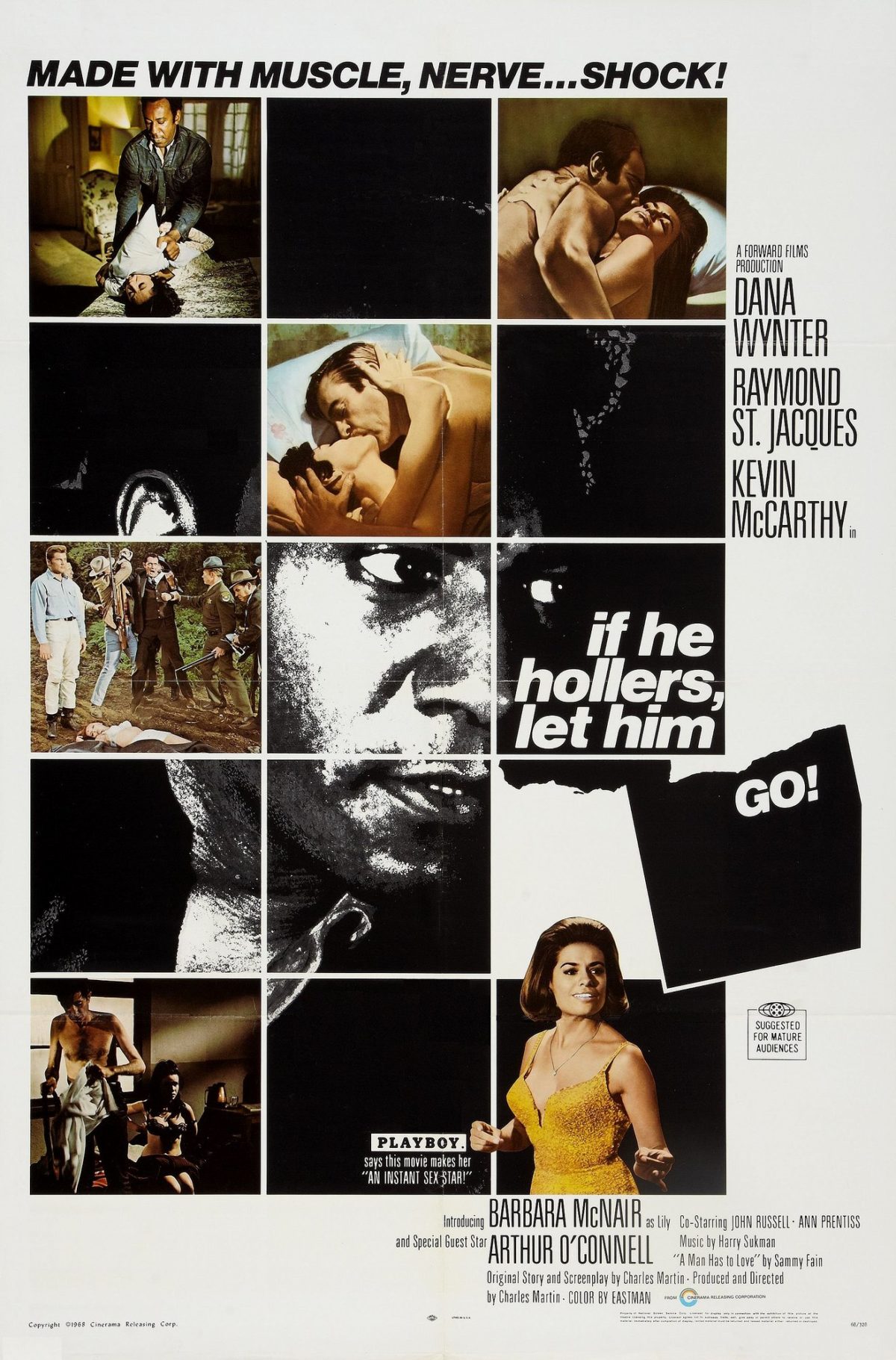You won’t find a lot of women in the noir texts we’ve read. Rather, you’ll find“little girls,” “darlings,” “babies,” and “little sisters.” Through Himes, you’ll meet “little fat brown-skinned girls,” “short-haired, dark brown, thick-lipped girls,” and even “tall white girls” with “big blue babyish eyes.” All of these “girls” bring about a deep desire and lust within Bob Jones, a concept which I find disturbing, considering that Bob seems to connect the word “girl” with a deep sense of “sexual thrill.”
These girls never grow up. All the females in the noir genre remain girls for the entirety that they are present in the plot, conniving their way to safety and beguiling the protagonist.
You will, however, find a lot of men. But the only “boys” you will ever meet (other than legitimate male children) are exclusively black men. Even Irish workers, who have faced their share of prejudice in America, may call their black coworkers “boy” to establish a sense of hierarchy. “Bob, you’re an intelligent boy.” “You colored boys better lay off the gin.” Bob even refers to the workers underneath him as “boys,” further emphasizing the dominant energy within the word, and its powerful ability to remind someone of their inferiority. The host at the restaurant calls Bob “Mr. Jones,” but “the ‘Mr.’ almost strangled him,” depicting how difficult it is for a white man to acknowledge a black man as anything other than a young, naïve, bothersome boy.
All women are “girls,” but only black men are “boys.” This made me think of our discussion of the combination of white women and black men and who dominates that realm, since both possess qualities that demote them, but who is shoved to the bottom of the food chain is debatable.
This makes me conclude that the noir genre associates blackness with femininity. Both are weak, undesirable qualities that make a person less than a straight white man, who is the only one in all our noir texts that is free from prejudice. Being black or being a woman makes you simple and childlike and in need of protection, guidance, or nurturing.

I’d also point out the Black woman whose appearance causes Bob and the white hitchhikers to end their (very sexist) game. I don’t have the exact quote in front of me, but I got the sense that Bob and the hitchhikers viewed this woman as pathetic and undesirable; interesting (and sad) given the points made in your post.
Last year I took a theology class through the Africana studies department called “The Bible. The Black Church. And the Blues” and we talked about this topic, which is very real and present not just in Noir. When talking about the Black Church, black women are often pushed to the margins and not given a voice within the church. An example of this can be seen during the civil rights movement which was predominantly led by male religious leaders. Even though many women did a lot of work and helped in the movement as well, we do not remember them. I would argue that while yes there is a tension that exists between black men and white women, there is also tension between black women and black men as well, the same that exists between white men and white women, which is sexism. With the example of Bob, I think we see a character who wants to establish his masculinity, which has been taken from him by white men; however, this is at the cost of infantilizing black women and possibly women in general.
It is interesting that the Irish workers belittle the black men as “boys” despite the fact that they are both considered to be “other” in the United States during the anarchy of the 1930s and 1940s. The hierarchy of power demonstrates how noir is defined by instability between underworld types; some can pass as not “other” in American society, while others are permanently relegated to the exigencies of the darkness. Women are also involved in this power struggle as they enter the high-ranking workforce at the same time as black men. Himes appears to be fascinated with the concept of inevitable inequality between black men and white women in relationships.